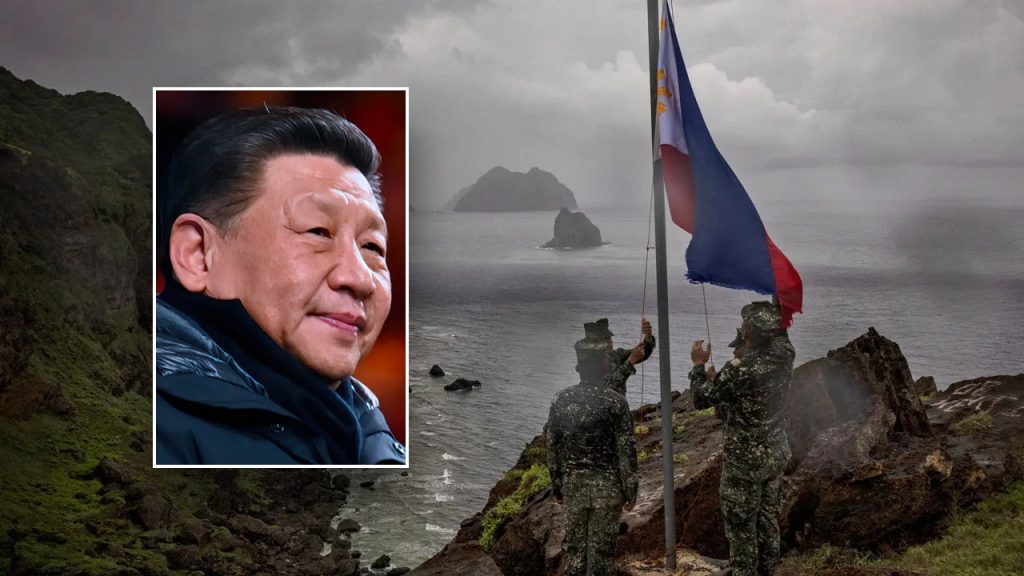Beijing recently issued a warning that World War III could arise from tensions in the South China Sea, particularly focusing on the Philippines. China has been disregarding its mutual defense treaty with the Philippines, leading to increased tensions. The State Department has issued written warnings to China about being prepared to use force in defense of the treaty. China’s state-owned news outlet, China Daily, published an op-ed warning Manila against the horrors of war, drawing comparisons to Pre-World War I Europe. The article discusses the dangers of escalating tensions and calls for caution to prevent conflict.
China has been pressing the Philippines on disputed fishing shoals, leading to tense standoffs between the two countries. Last year, there were near-clashes between coast guards near the Second Thomas Shoal, with China using a water cannon and military-grade lasers. China established a claim to the Scarborough Shoal in 2012, leading to protests from the Philippines. Despite a 2016 ruling rejecting China’s claims, Beijing rejected the arbitration and continued to assert its control over the area. The U.S., Japan, Australia, and the Philippines plan to conduct joint naval exercises to demonstrate strength against China in the disputed territories.
China’s approach to stirring up tensions with neighboring countries, such as Japan, Taiwan, and the Philippines, involves probing and pressuring them intermittently. China has been increasing pressure on the Philippines while also targeting Taiwan and Japan. Despite the mutual defense treaty between the U.S. and the Philippines, the latter remains the weakest military target. President Biden has warned China about using force, but with the Chinese government’s skepticism about his credibility. China’s actions could potentially lead to a great power war that may begin in the Philippines given the elements in place for such a conflict.
China’s aggressive behavior in the South China Sea has raised concerns about the possibility of a conflict that could involve other countries in the region. China has disregarded international rulings and continues to assert its dominance over disputed territories. The U.S. and its allies are conducting joint naval exercises to demonstrate unity and deter China from further aggression. The situation in the South China Sea remains tense, with the risk of escalation and the outbreak of a potential conflict.
The warnings issued by the State Department to China highlight the seriousness of the situation in the South China Sea and the potential for military conflict. China’s actions in asserting control over disputed territories have raised concerns among neighboring countries and the international community. The U.S. and its allies are closely monitoring the situation and taking steps to ensure stability and security in the region. The risk of a conflict involving China in the South China Sea remains a major concern for global security and stability.
The tensions between China and the Philippines in the South China Sea highlight the broader geopolitical challenges facing the region. The potential for a conflict involving China and other countries in the region underscores the importance of diplomacy and international cooperation in managing disputes peacefully. The U.S. and its allies are committed to upholding international law and ensuring freedom of navigation in the South China Sea. The situation in the region remains fluid, with the risk of escalation and conflict ever-present. Diplomatic efforts are crucial in preventing a military confrontation and promoting stability in the South China Sea.


